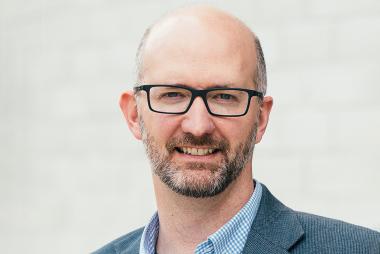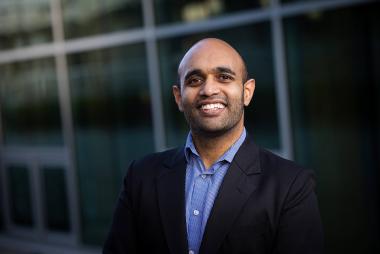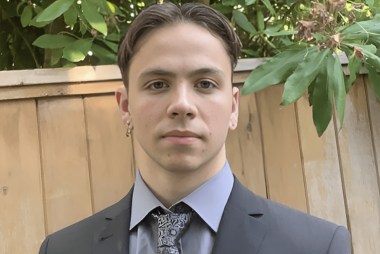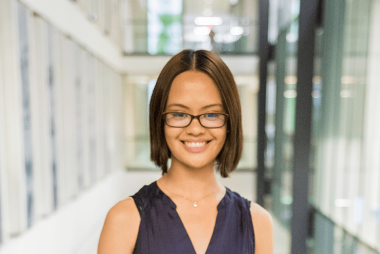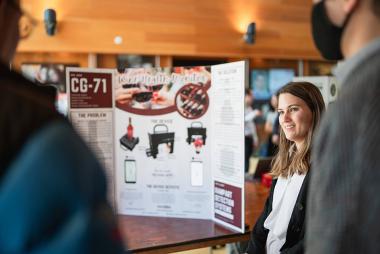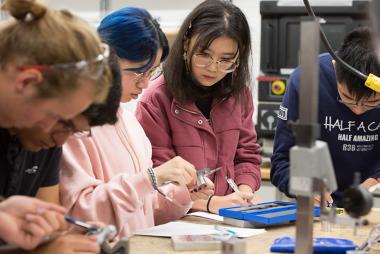“My research is developing water treatment solutions that are effective, robust and simple to operate.”
Through a collaborative process of community engagement and co-creating innovative technologies, Dr. Madjid Mohseni is helping Indigenous and rural communities access safe drinking water.
- Program:
- Campus: Vancouver
Website: Department Profile
Education: PhD (University of Toronto); MASc (University of Toronto); BSc (Amirkabir University of Technology, Iran)
Tell us about your research on water treatment.
My research focuses on finding ways to ensure water is safe to drink, particularly in Indigenous and rural communities.
"Globally, nearly two billion people do not have access to safely managed drinking water, and some of those people are here in Canada."
Around 20 per cent of the country’s population lives in rural areas and their water is at greater risk of being contaminated than water in urban areas. Many remote communities do not have adequate water treatment infrastructure, or the existing infrastructure has not been properly designed or maintained. My research aims to develop water treatment solutions that are effective and robust, yet simple to operate.
One other important aspect of my research is finding ways to remove PFAS – per- and poly-fluoroalkyl substances– from drinking water. These chemicals are found in many everyday products, and they have a range of potentially dangerous health and environmental impacts. They are aptly known as forever chemicals and eliminating them from drinking water is therefore very challenging.
How do your water treatment solutions work?
"The technology we’re developing for smaller communities needs to be simple and effective. That’s actually very hard to do and requires us to be innovative and creative."
One approach we’re taking is to use nature as our inspiration. Knowing that contaminants in the environment are naturally degraded by bacteria and sunlight, we can explore how to mimic those qualities to eliminate contaminants in drinking water. An example would be developing devices that emit ultraviolet light to eliminate microbes from water.
What courses do you teach?
I teach second-year courses on engineering design and environmental sustainability and a third-year course on water pollution control. I also teach at the graduate level and in the Master of Engineering Leadership program in Integrated Water Management.





